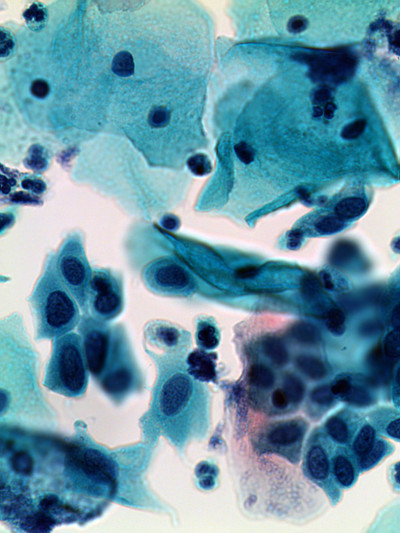Laboratory Services
CEP 17-Hydatidiform Mole
Print this pageUpdated Test Information:
| Test Description |
CEP 17-Hydatidiform Mole
|
|
|---|---|---|
| Synonym(s) |
Molar pregnancy, Hydatidiform mole |
|
| General Information |
Probes: CEP 17 (17p11.2) Disease(s): Molar Pregnancy |
|
| Specimen Requirements |
Formalin fixed paraffin embedded (FFPE) tissue blocks or |
|
| Additional Processing Details |
Transport to the testing lab at room temp is acceptable. Do not allow sample to overheat. Use cold pack for transport, making sure cold pack is not in direct contact with specimen. |
|
| Required Information |
Complete the Incyte Diagnostics hematology requisition with the patient's demographics and relevant clinical history. Label the specimen containers with patient's full name, second unique identifier, and specimen site/source. |
|
| Unacceptable Specimen Conditions |
Specimen containers without two (2) patient identifiers, specimens submitted on non-positively charged slides, paraffin blocks that have been overheated or frozen, specimens without a H&E slide, slides or paraffin blocks with no tissue remaining, Samples fixed in fixative other than 10% neutral buffered formalin. |
|
| Department (code) |
FISH |
|
| Methodology |
Fluorescence in-Situ Hybridization (FISH) |
|
| Estimated TAT |
4-7 working days from receipt |
|
| Testing Schedule |
Monday-Friday |
|
| Retention |
Blocks:10 years |
|
| CPT Code(s) |
88368x1 manual (probe type: Enumeration (Single-color)) |
|
| Additional Information |
Clinical Significance: Partial hydatidiform moles have defined histologic abnormalities including dual discrete populations of villi, circumferential mild trophoblastic hyperplasia, trophoblastic inclusions, scalloping of villi, and cistern formation. Nonetheless, morphologic features alone may not be sufficient to confirm the diagnosis of partial hydatidiform mole in some cases, particularly those in the early first trimester. Furthermore, there is significant inter- and intra-observer variability in the diagnosis of hydatidiform mole, with significant problems in differentiating partial hydatidiform moles from hydropic spontaneous abortions. In this assay, the CEP17 probe is used for analysis and interpretation of ploidy status. Identification of triploidy by CEP17 FISH helps to confirm the diagnosis of partial hydatidiform mole and can be used to separate partial hydatidiform moles from complete hydatidiform moles and hydropic products of conception. |
